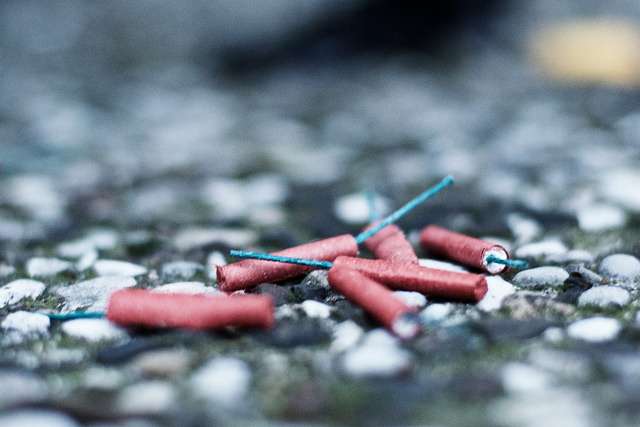
MANILA — The Department of Health (DOH) reported a total of 46 fireworks-related injuries (FWRIs) a day ahead of New Year’s Eve revelry.
The FWRIs were recorded by 60 sentinel hospitals. There were three additional FWRIs recorded from 6 a.m. on Saturday until 5:59 a.m. on Sunday. Each of the cases came from Western Visayas, Central Visayas, and the National Capital Region.
They involved males ages two to 69 years and played with fireworks banned by the government.
One of the three cases was reported late. They suffered from burns without amputation, were given antibiotics, and sent home after treatment.
The DOH said the current FWRI statistics is 49 percent lower than in the same period last year, and 76 percent lower than the five-year average.
Fifteen out of the 46 cases suffered from eye injuries, while only five suffered from blast with amputation. The remaining 26 cases suffered from burns without need for amputation.
Twenty-three of the total cases happened on the streets, while 20 happened at home. The remaining three cases happened in other places.
Under Executive Order No. 28, the use of firecrackers shall be confined to a community fireworks’ display to minimize the risk of injuries and casualties.
The DOH also warned the public against illegal fireworks, such as Watusi, Piccolo, Atomic Triangle, large Judas Belt, large Bawang, Pillbox, Boga, Goodbye Philippines, Bin Laden, Mother Rockets, Lolo Thunder, Coke-in-can, Kwitom, Atomic Bomb, Five Star, Pla-pla, giant Whistle Bomb, Kabasi, and other unlabeled and imported firecrackers.
Among the banned fireworks, Boga, caused the highest number of injuries, followed by Kwitis, Piccolo, Triangle, Baby Rocket, and Luces.